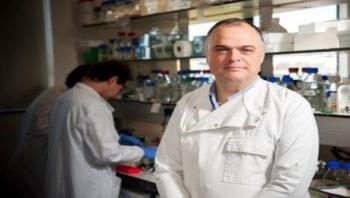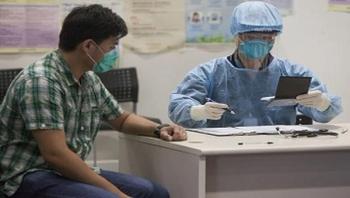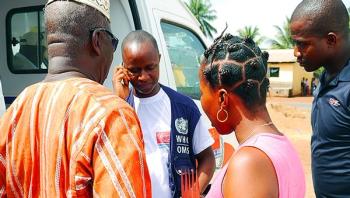
News




Researchers at Queen’s University Belfast have developed a cutting-edge new medical therapy that could protect UK hospital patients against a lethal superbug. The new treatment, which uses a molecule called an inhibitor to prevent the hospital superbug Klebsiella pneumonia from blocking the body’s natural defenses, has the potential to save thousands of lives in the UK each year. Klebsiella, which has mortality rates of 25 percent to 60 percent, can cause bladder infections and pneumonia and is resistant to all major antibiotics.

Cornell University engineers have created a functional, synthetic immune organ that produces antibodies and can be controlled in the lab, completely separate from a living organism. The engineered organ has implications for everything from rapid production of immune therapies to new frontiers in cancer or infectious disease research.

An international team, led by researchers at the University of Miami (UM) Rosenstiel School of Marine and Atmospheric Science, has developed a new, timelier method to identify harmful bacteria levels on recreational beaches. The new model provides beach managers with a better prediction tool to identify when closures are required to protect beachgoers from harmful contaminates in the water.

Contrary to current medical dogma, researchers at University of California, San Diego School of Medicine and Skaggs School of Pharmacy and Pharmaceutical Sciences report that the common antibiotic azithromycin kills many multidrug-resistant bacteria very effectively -- when tested under conditions that closely resemble the human body and its natural antimicrobial factors. The researchers believe the finding, published June 10 by EBioMedicine, could prompt an immediate review of the current standard of care for patients with certain so-called "superbug" infections.

This special digital issue reviews the many occupational hazards in the healthcare laundry environment and explores how to protect hospital laundry personnel from sharps injuries and bloodborne pathogen exposures.

This collateral material describes Aramark's MicroVantage process in which the company launders its microfiber products with a sanitizer that protects fibers while eliminating 99.9 percent of pathogens. The MicroVantage process is step one of Aramark's innovative four-step system.










On June 7, 2015, the National IHR Focal Point of the Republic of Korea notified the World Health Organization (WHO) of 14 additional confirmed cases of Middle East Respiratory Syndrome Coronavirus (MERS-CoV) infection, including one death.


Clostridium difficile is a dangerous intestinal bacterium that can cause severe diarrhea and life-threatening intestinal infections after long-term treatment with antibiotics. The pharmacologists and toxicologists Dr. Klaus Aktories and Dr. Panagiotis Papatheodorou from the University of Freiburg have identified the molecular docking site that is responsible for the C. difficile toxin's being able to bind to its receptor on the membrane of the intestinal epithelium. This docking site functions like an elevator, transporting the toxins into the cell's interior. By binding to the surface receptor, the toxins are able to overcome the cell membrane. Once inside the cell, C. difficile exerts its full lethal effect.




On June 6, 2015, the National IHR Focal Point of the Republic of Korea notified the World Health Organization (WHO) of nine additional confirmed cases of Middle East Respiratory Syndrome Coronavirus (MERS-CoV) infection.

Q: On occasion, I will be asked to process a device which does not have instructions for use. Sometimes, the item is not a medical device (e.g., zipper). I am told I must process the device because the surgeon requires it for a case. I usually process the device. I have just learned this is not the correct practice. How do I handle this?


An upset in the body's natural balance of gut bacteria that may lead to life-threatening bloodstream infections can be reversed by enhancing a specific immune defense response, UT Southwestern Medical Center researchers have found. In the study, published online in Nature Medicine, scientists identified how a certain transcription factor -- a protein that that turns genes on and off -- works in partnership with a naturally occurring antibiotic to kill infection-causing fungi called Candida albicans.
